Submitted:
18 April 2023
Posted:
19 April 2023
Read the latest preprint version here
Abstract
Keywords:
1. Introduction
2. Experimental Details
3. Models and Discussion
3.1. Heat Energy Phenomenon
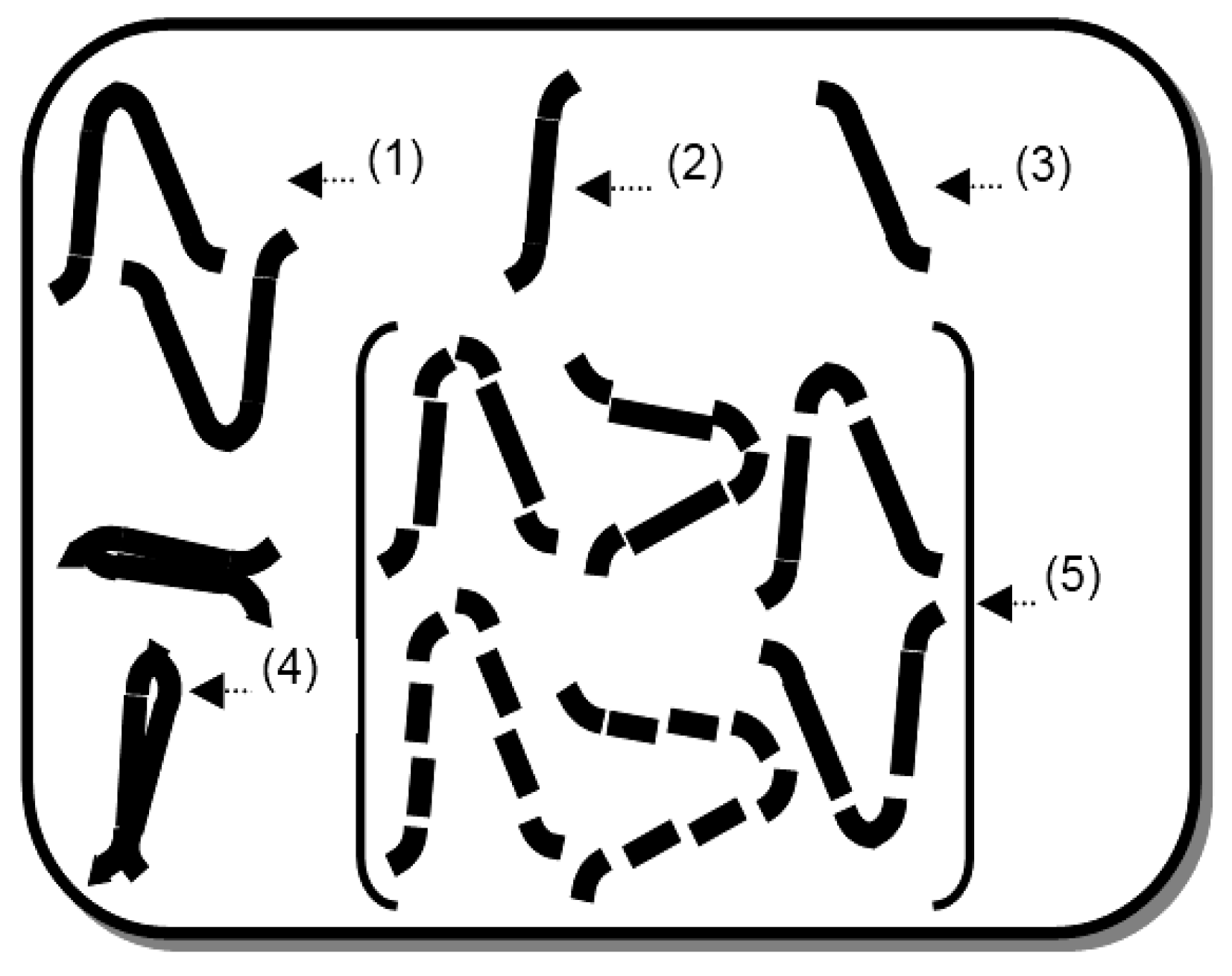
3.2. Photon Energy Phenomenon
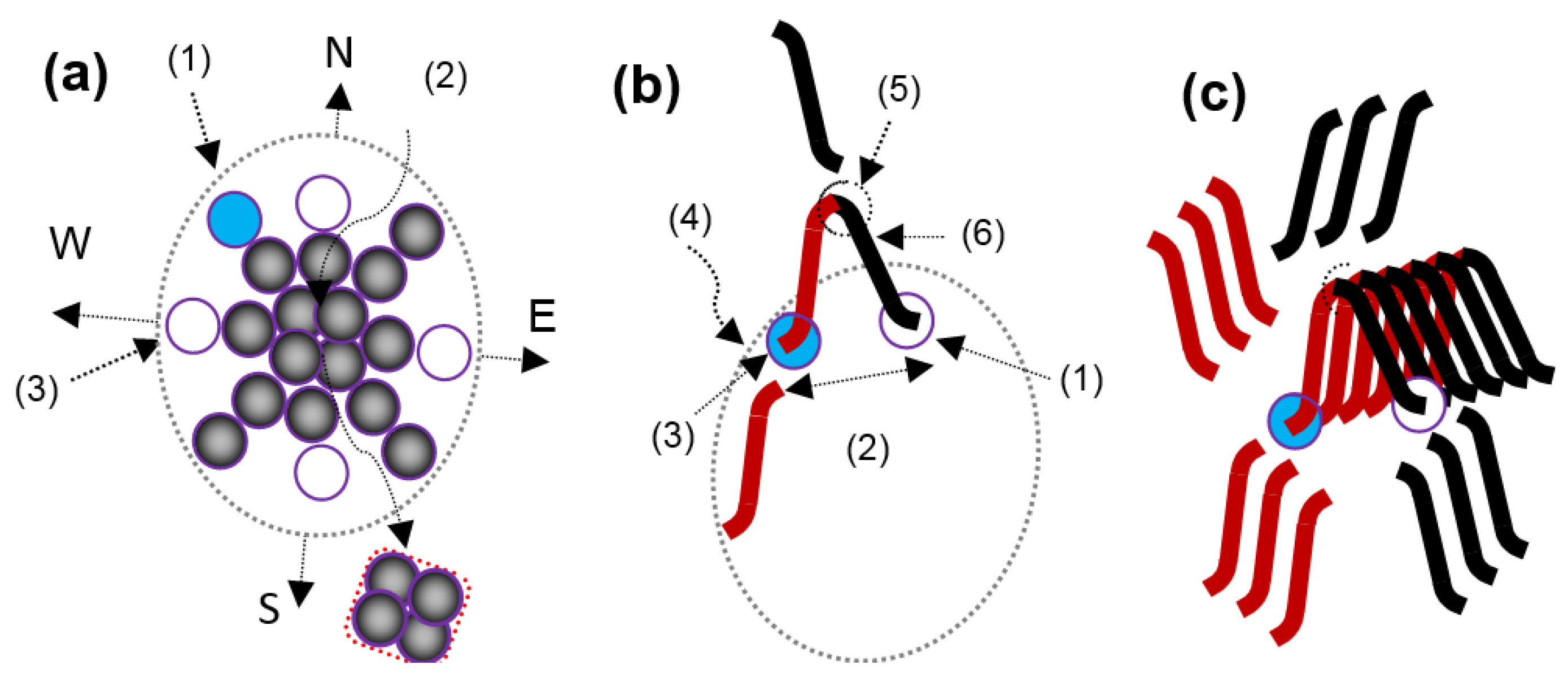
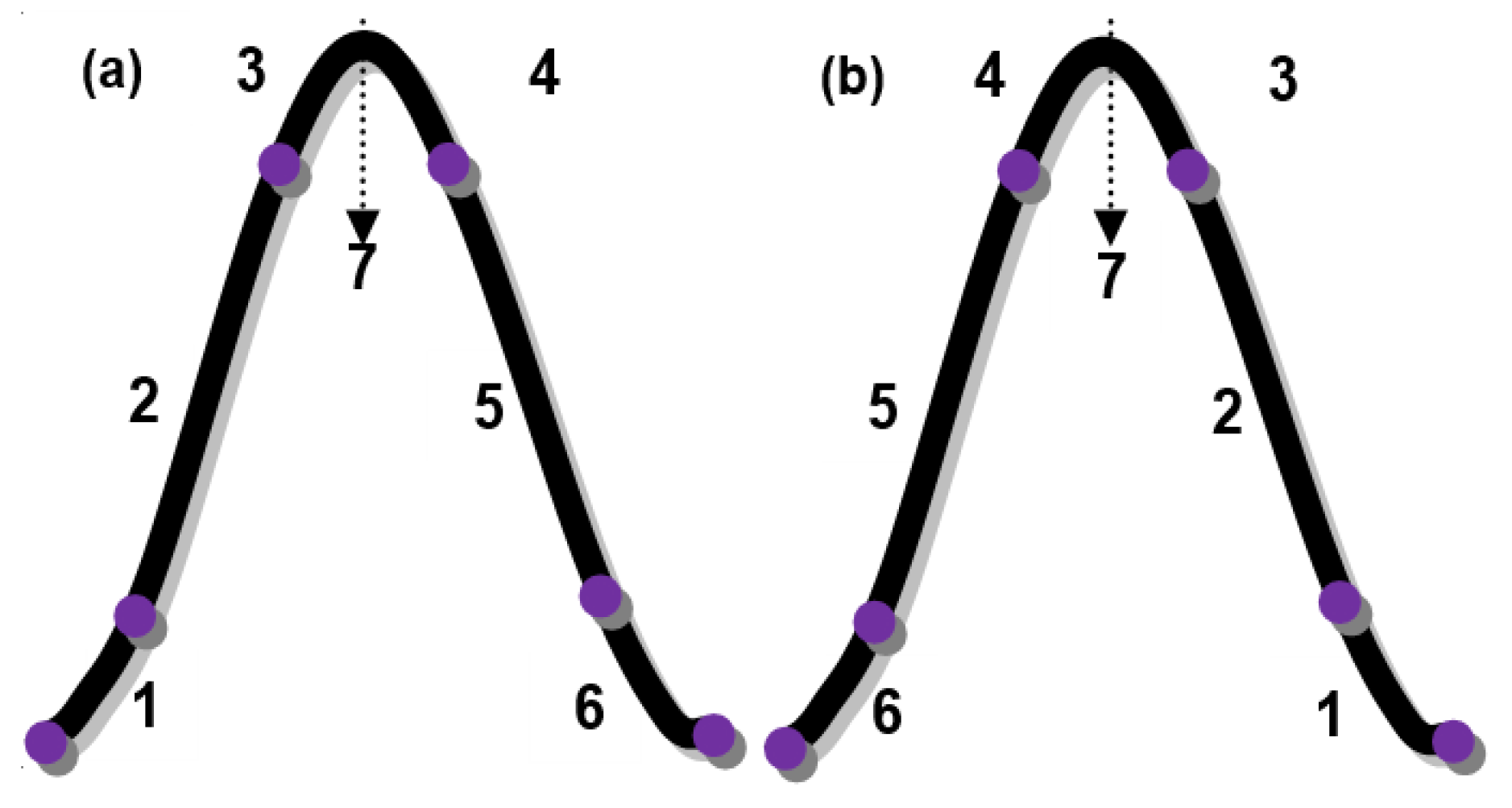
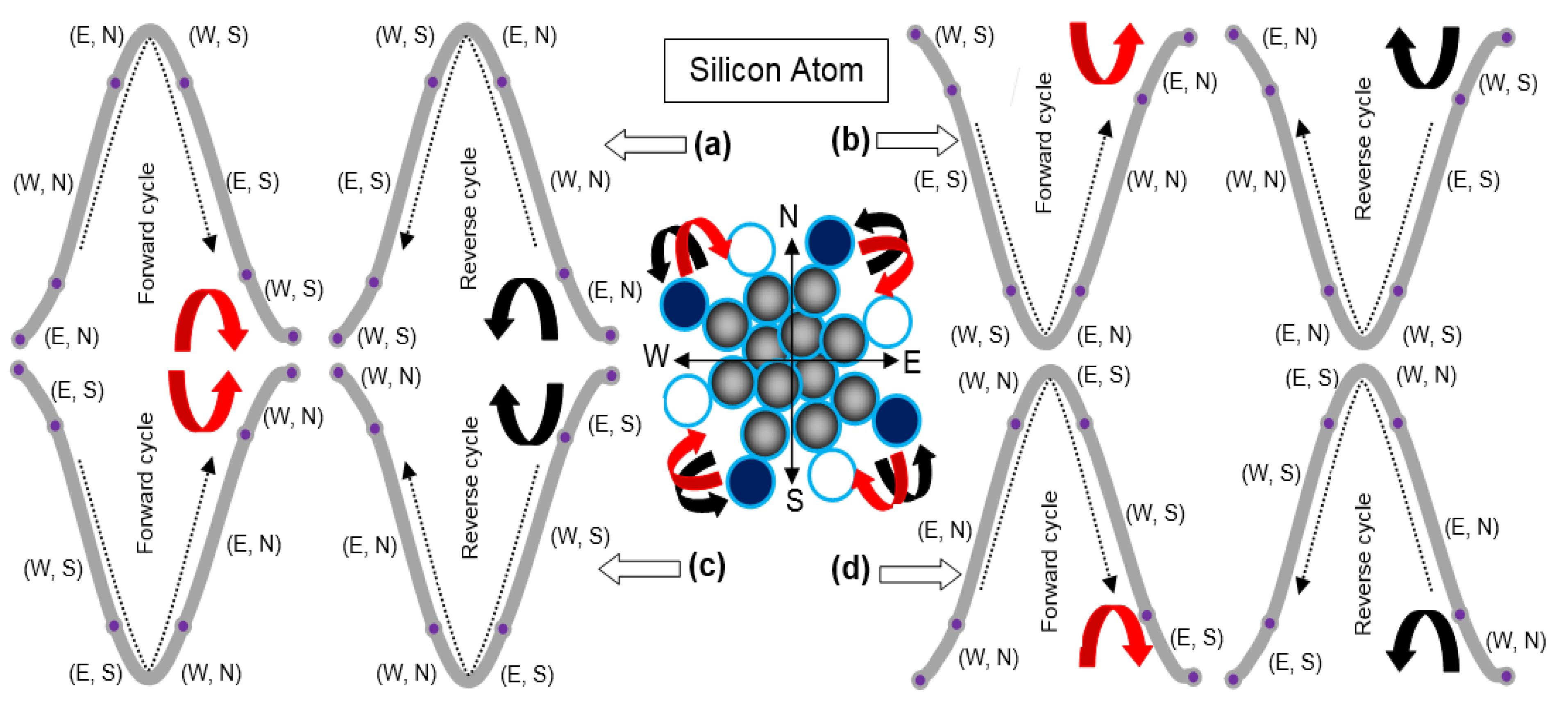
3.3. General Discussion
4. Conclusion
Data Availability Statement
Acknowledgments
Conflicts of Interest
References
- Bohm, D.; Pines, D. A Collective Description of Electron Interactions. I. Magnetic Interactions. Phys. Rev. 1951, 82, 625–634. [Google Scholar] [CrossRef]
- Pines, D.; Bohm, D. A Collective Description of Electron Interactions: II. Collective vs Individual Particle Aspects of the Interactions. Phys. Rev. 1952, 85, 338–353. [Google Scholar] [CrossRef]
- Ritchie, R.H. Plasma Losses by Fast Electrons in Thin Films. Phys. Rev. 1957, 106, 874–881. [Google Scholar] [CrossRef]
- Bohm, D.; Pines, D. A Collective Description of Electron Interactions: III. Coulomb Interactions in a Degenerate Electron Gas. Phys. Rev. 1957, 92, 609–625. [Google Scholar] [CrossRef]
- Low, T.; Chaves, A.; Caldwell, J.D.; Kumar, A.; Fang, N.X.; Avouris, P.; Heinz, T.F.; Guinea, F.; Martin-Moreno, L.; Koppens, F. Polaritons in layered two-dimensional materials. Nat. Mater. 2017, 16, 182–194. [Google Scholar] [CrossRef]
- Frenkel, J. On the Transformation of Light into Heat in Solid. I. Phys. Rev. 1931, 37, 17–44. [Google Scholar] [CrossRef]
- Couto, O.D.D., Jr.; Puebla, J.; Chekhovich, E.A.; Luxmoore, I.J.; Elliott, C.J.; Babazadeh, N.; Skolnick, M.S.; Tartakovskii, A.I.; Krysa, A.B. Charge control in InP/(Ga,In)P single quantum dots embedded in Schottky diodes. Phys. Rev. B 2011, 84, 125301-7. [Google Scholar] [CrossRef]
- Brust, M.; Walker, M.; Bethell, D.; Schiffrin, D.J.; Whyman, R. Synthesis of Thiol-derivatised Gold Nanoparticles in a Two-phase Liquid–Liquid System. J. Chem. Soc. Chem. Commun. 1994, 801–802. [Google Scholar] [CrossRef]
- Whetten, R.L.; Khoury, J.T.; Alvarez, M.M.; Murthy, S.; Vezmar, I.; Wang, Z.L.; Stephens, P.W.; Cleveland, C.L.; Luedtke, W.D.; Landman, U. Nanocrystal Gold Molecules. Adv. Mater. 1996, 8, 428–433. [Google Scholar] [CrossRef]
- Brust, M.; Kiely, C.J. Some recent advances in nanostructure preparation from gold and silver particles: a short topical review. Colloids and Surfaces A: Physicochem. Eng. Aspects. 2002, 202, 175–186. [Google Scholar] [CrossRef]
- Glotzer, S.C.; Solomon, M.J. Anisotropy of building blocks and their assembly into complex structures. Nat. Mater. 2007, 6, 557–562. [Google Scholar] [CrossRef] [PubMed]
- Link, S.; El-Sayed, M.A. Shape and size dependence of radiative, nonradiative and photothermal properties of gold nanocrystals. Int. Rev. Phys. Chem. 2000, 19, 409–453. [Google Scholar] [CrossRef]
- Shaw, C.P.; Fernig, D.G.; Lévy, R. Gold nanoparticles as advanced building blocks for nanoscale self-assembled systems. J. Mater. Chem. 2011, 21, 12181–12187. [Google Scholar] [CrossRef]
- Negishi, Y.; Nakazaki, T.; Malola, S.; Takano, S.; Niihori, Y.; Kurashige, W.; Yamazoe, S.; Tsukuda, T.; Häkkinen, H. A Critical Size for Emergence of Nonbulk Electronic and Geometric Structures in Dodecanethiolate-Protected Au Clusters. J. Am. Chem. Soc. 2015, 137, 1206–1212. [Google Scholar] [CrossRef] [PubMed]
- Ali, M.; Lin, I.-N. Forces driving amalgamation of nanoparticles and particles in solution. Forces Mech. 2022, 7, 100076. [Google Scholar] [CrossRef]
- Ali, M.; Lin, I.-N. Development of Gold Tiny Particles and Particles in Different Sizes at Varying Precursor Concentration. Adv. Nat. Sci. Nanosci. Nanotechnol. 2020, 11, 015006. [Google Scholar] [CrossRef]
- Ali, M.; Lin, I.-N. Controlling morphology-structure of gold tiny particles, nanoparticles, and particles at different pulse rates and pulse polarity. Adv. Nat. Sci. Nanosci. Nanotechnol. 2019, 10, 025015. [Google Scholar] [CrossRef]
- Ali, M.; Lin, I.-N. Formation of tiny particles and their extended shapes: Origin of physics and chemistry of materials. Appl. Nanosci. 2019, 9, 1367–1382. [Google Scholar] [CrossRef]
- Ali, M.; Lin, I.-N.; Yeh, C.-J. Tapping Opportunity of Tiny-Shaped Particles and Role of Precursor in Developing Shaped Particles. Nano 2018, 13, 1850073. [Google Scholar] [CrossRef]
- Ali, M.; Lin, I.-N. Phase transitions and critical phenomena of tiny grains carbon films synthesized in microwave-based vapor deposition system. Surf. Interface Anal. 2019, 51, 389–399. [Google Scholar] [CrossRef]
- Ali, M.; Ürgen, M. Switching dynamics of morphology-structure in chemically deposited carbon films – A new insight. Carbon 2017, 122, 653–663. [Google Scholar] [CrossRef]
- Ali, M. Tiny-Shaped Particles Developing a Mono-Layer Shape Dealing with Localized Gravity and Levity at the Solution Surface. arXiv 2023. http://arxiv.org/abs/1609.08047v33.
- Ali, M. Atoms of None of the Elements Ionize While Atoms of Inert Behavior Split by Photonic Current. arXiv 2022. http://arxiv.org/abs/1611.05392v31.
- Ali, M. Atoms in Gaseous and Solid States and their Energy and Force Relationships under Transitional Behaviors. 2023. [Google Scholar] [CrossRef]
- Ali, M. Structure Evolutions in Atoms of the Elements Executing Confined Interstate Electron Dynamics. arXiv 2023. http://arxiv.org/abs/1611.01255v31.
- Ali, M. Atomic Structure and Binding of Carbon Atoms. 2023. https://www.preprints.org/manuscript/201801.0036/v16.
- Ali, M.; Lin, I.-N. Gold Nanostructures and Microstructures with Tunable Aspect Ratios for High-Speed Uni- and Multidirectional Photonic Applications. ACS Appl. Nano Mater. 2020, 3, 9410–9424. [Google Scholar] [CrossRef]
- Zhao, J.; Yang, L. Structure Evolutions and Metallic Transitions in In2Se3 Under High Pressure. J. Phys. Chem. C 2014, 118, 5445–5452. [Google Scholar] [CrossRef]
- Manoharan, V.N. Colloidal matter: Packing, geometry, and entropy. Science 2015, 349, 1253751. [Google Scholar] [CrossRef]
- Park, J.; Elmlund, H.; Ercius, P.; Yuk, J.M.; Limmer, D.T.; Chen, Q.; Kim, K.; Han, S.H.; Weitz, D.A.; Zettl, A.; et al. 3D structure of individual nanocrystals in solution by electron microscopy. Science 2015, 349, 290–295. [Google Scholar] [CrossRef]
- Jacobsson, D.; Panciera, F.; Tersoff, J.; Reuter, M.C.; Lehmann, S.; Hofmann, S.; Dick, K.A.; Ross, F.M. Interface dynamics and crystal phase switching in GaAs nanowires. Nature 2016, 531, 317–322. [Google Scholar] [CrossRef]
- Tuma, T.; Pantazi, A.; Le Gallo, M.; Sebastian, A.; Eleftheriou, E. Stochastic phase-change neurons. Nat. Nanotechnol. 2016, 11, 693–699. [Google Scholar] [CrossRef]
- Rensberg, J.; Zhang, S.; Zhou, Y.; McLeod, A.S.; Schwarz, C.; Goldflam, M.; Liu, M.; Kerbusch, J.; Nawrodt, R.; Ramanathan, S.; et al. Active Optical Metasurfaces Based on Defect-Engineered Phase-Transition Materials. Nano Lett. 2016, 16, 1050–1055. [Google Scholar] [CrossRef]
- Suzuki, Y.; Cardone, G.; Restrepo, D.; Zavattieri, P.D.; Baker, T.S.; Tezcan, F.A. Self-assembly of coherently dynamic, auxetic, two-dimensional protein crystals. Nature 2016, 533, 369–373. [Google Scholar] [CrossRef]
- Evers, C.H.J.; Luiken, J.A.; Bolhuis, P.G.; Kegel, W.K. Self-assembly of microcapsules via colloidal bond hybridization and anisotropy. Nature 2016, 534, 364–368. [Google Scholar] [CrossRef]
- Epstein, I.R.; Xu, B. Reaction–diffusion processes at the nano- and microscales. Nat. Nanotechnol. 2016, 11, 312–319. [Google Scholar] [CrossRef]
- Azizi, A.; Wang, Y.; Lin, Z.; Wang, K.; Elias, A.L.; Terrones, M.; Crespi, V.H.; Alem, N. Spontaneous Formation of Atomically Thin Stripes in Transition Metal Dichalcogenide Monolayers. Nano Lett. 2016, 16, 6982–6987. [Google Scholar] [CrossRef] [PubMed]
- Ali, M. Etching of Photon Energy into Binding Energy in Depositing Carbon Films at Different Chamber Pressures. J. Mater. Sci. Mater. Electron. 2022. https://arxiv.org/abs/1802.00730v24. [CrossRef]
- Ali, M.; Lin, I.-N.; Yeh, C.-J. Predictor Packing in Developing Unprecedented Shaped Colloidal Particles. Nano 2018, 13, 1850109. [Google Scholar] [CrossRef]
- Mecklenburg, M.; Hubbard, W.A.; White, E.R.; Dhall, R.; Cronin, S.B.; Aloni, S.; Regan, B.C. Nanoscale temperature mapping in operating microelectronic devices. Science 2015, 347, 629–632. [Google Scholar] [CrossRef] [PubMed]
- Ye, L.; Hou, D.; Zheng, X.; Yan, Y.; Di Ventra, M. Local temperatures of strongly-correlated quantum dots out of equilibrium. Phys. Rev. B 2015, 91, 205106. [Google Scholar] [CrossRef]
- Menges, F.; Mensch, P.; Schmid, H.; Riel, H.; Stemmer, A.; Gotsmann, B. Temperature mapping of operating nanoscale devices by scanning probe thermometry. Nat. Commun. 2016, 7, 10874. [Google Scholar] [CrossRef] [PubMed]
- Kawai, S.; Foster, A.S.; Björkman, T.; Nowakowska, S.; Björk, J.; Canova, F.F.; Gade, L.H.; Jung, T.A.; Meyer, E. Van der Waals interactions and the limits of isolated atom models at interfaces. Nat. Commun. 2016, 7, 11559. [Google Scholar] [CrossRef] [PubMed]
- Ambrosetti, A.; Ferri, N.; DiStasio, R.A., Jr.; Tkatchenko, A. Wavelike charge density fluctuations and van der Waals interactions at the nanoscale. Science 2016, 351, 1171–1176. [Google Scholar] [CrossRef]
Short Biography of Author
 |
In 1996, Mubarak Ali earned a B.Sc. degree in Physics and Mathematics. The University of the Punjab awarded him the degree. The M.Sc. degree in Materials Science got in 1998. Bahauddin Zakariya University Multan awarded him the degree of master with distinction. He completed his M.Sc. thesis at Quaid-i-Azam University Islamabad. He gained a Ph.D. in Mechanical Engineering from the Universiti Teknologi Malaysia under the award of the Malaysian Technical Cooperation Programme (MTCP;2004-07) and a postdoc in advanced surface technologies at Istanbul Technical University under the foreign fellowship of The Scientific and Technological Research Council of Turkey (TÜBİTAK, 2010). Dr. Mubarak completed another postdoc in nanotechnology at the Tamkang University Taipei, 2013-2014, sponsored by the National Science Council, now the Ministry of Science and Technology, Taiwan. He remained working as an Assistant Professor on the tenure track at COMSATS University Islamabad from May 2008 to June 2018, previously known as COMSATS Institute of Information Technology. His new position is in process. Before that, he remained a working assistant and deputy director at M/o Science & Technology, Pakistan Council of Renewable Energy Technologies, Islamabad, from January 2000 to May 2008. The Institute for Materials Research at Tohoku University Japan invited Dr. Mubarak to deliver a scientific talk. His scientific research remained a part of many conferences organized by renowned universities in many countries. His core area of research includes materials science, physics & nanotechnology. He also won a merit scholarship for Ph.D. study from the Higher Education Commission, Government of Pakistan. However, he did not avail the opportunity. He earned a diploma (in English) and a certificate (in the Japanese language) in 2000 and 2001, respectively, part-time from the National University of Modern Languages, Islamabad. He is the author of several articles available at the following links; https://www.researchgate.net/profile/Mubarak_Ali5 & https://scholar.google.com.pk/citations?hl=en&user=UYjvhDwAAAAJ. |
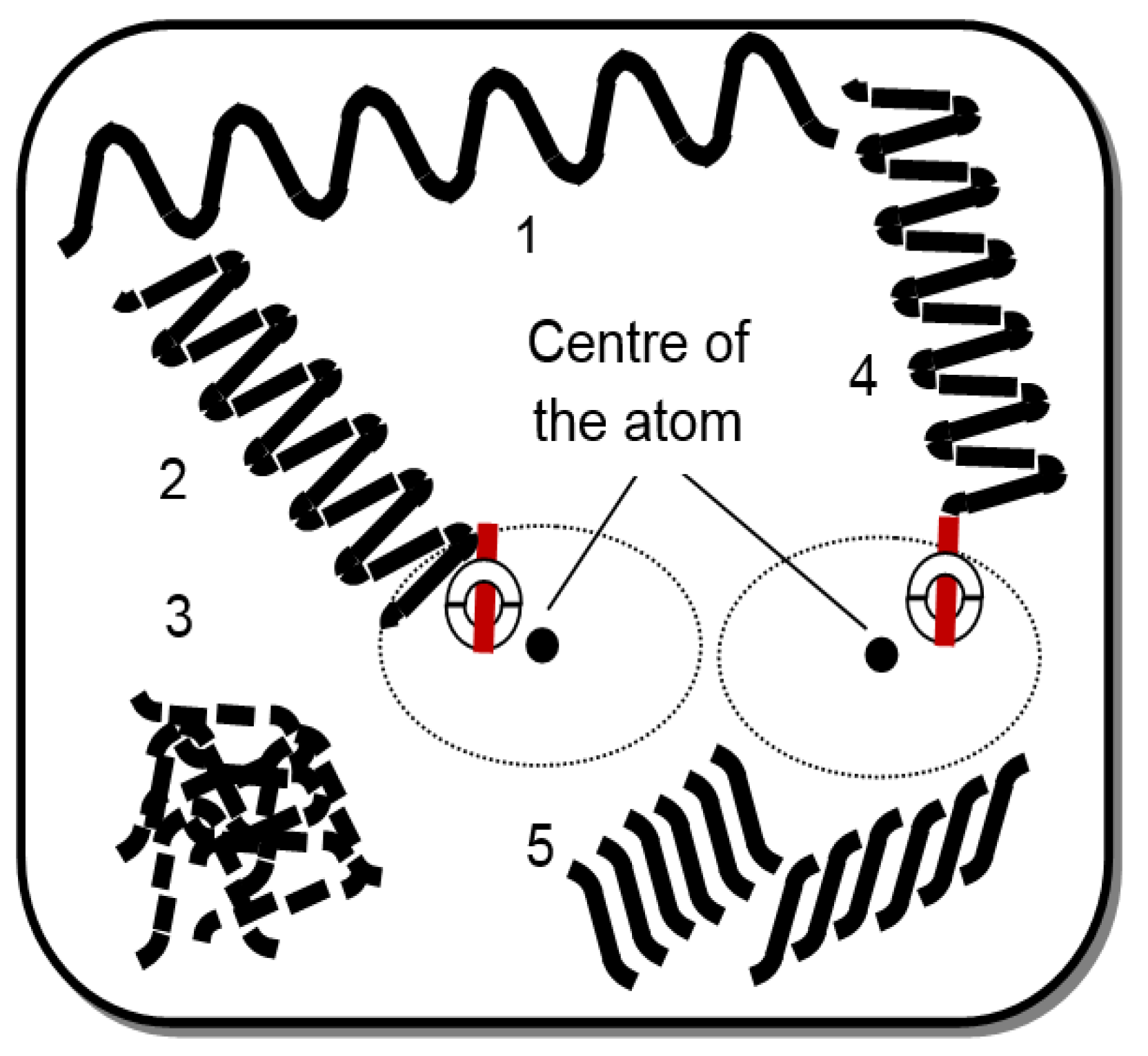
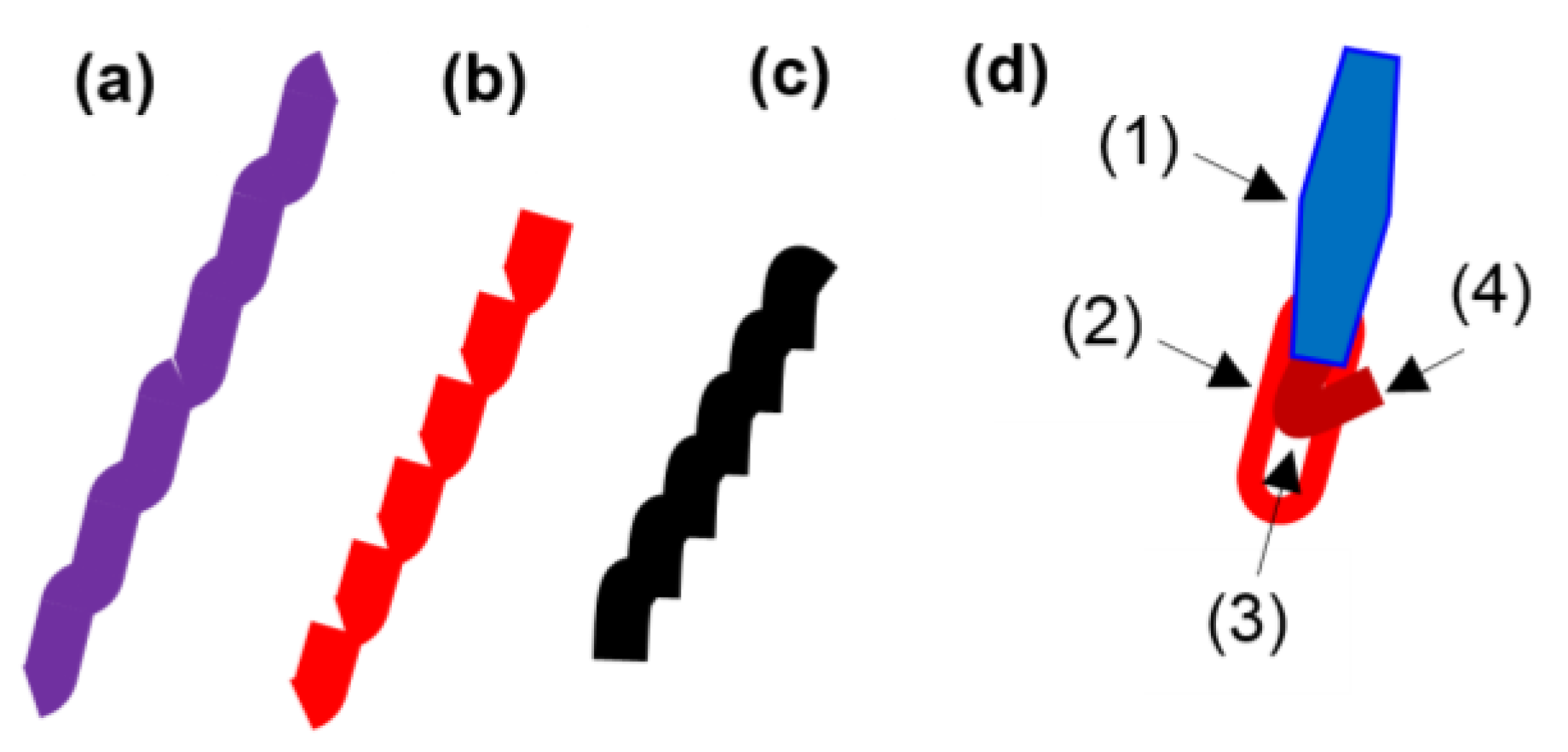
Disclaimer/Publisher’s Note: The statements, opinions and data contained in all publications are solely those of the individual author(s) and contributor(s) and not of MDPI and/or the editor(s). MDPI and/or the editor(s) disclaim responsibility for any injury to people or property resulting from any ideas, methods, instructions or products referred to in the content. |
© 2023 by the authors. Licensee MDPI, Basel, Switzerland. This article is an open access article distributed under the terms and conditions of the Creative Commons Attribution (CC BY) license (http://creativecommons.org/licenses/by/4.0/).




